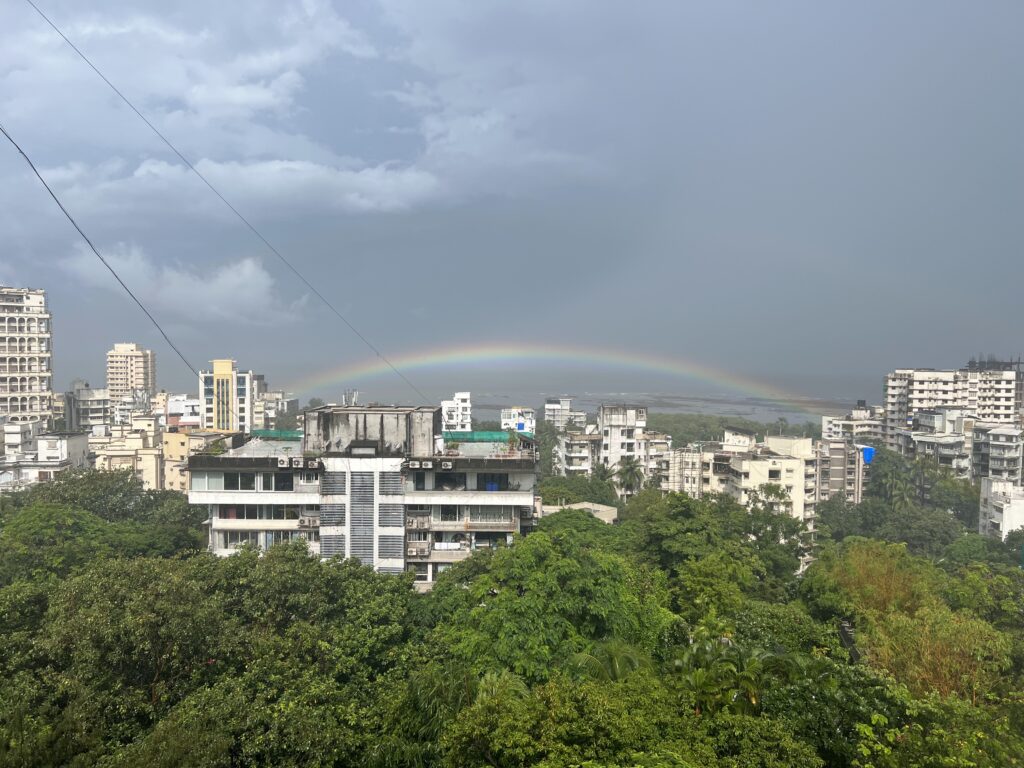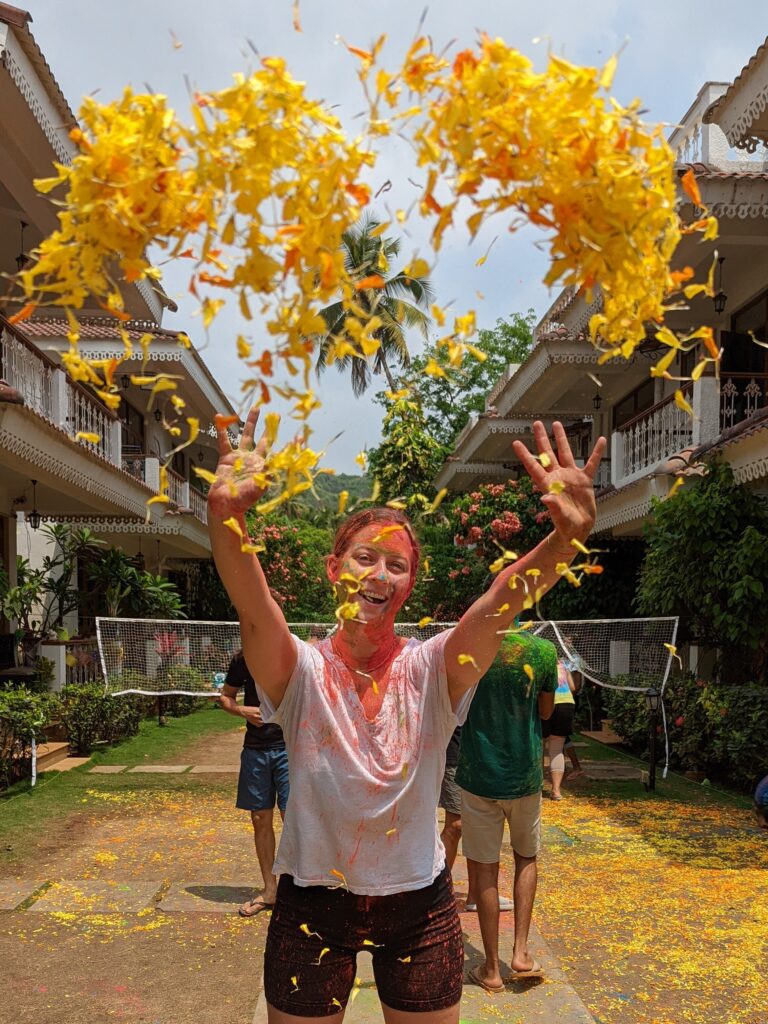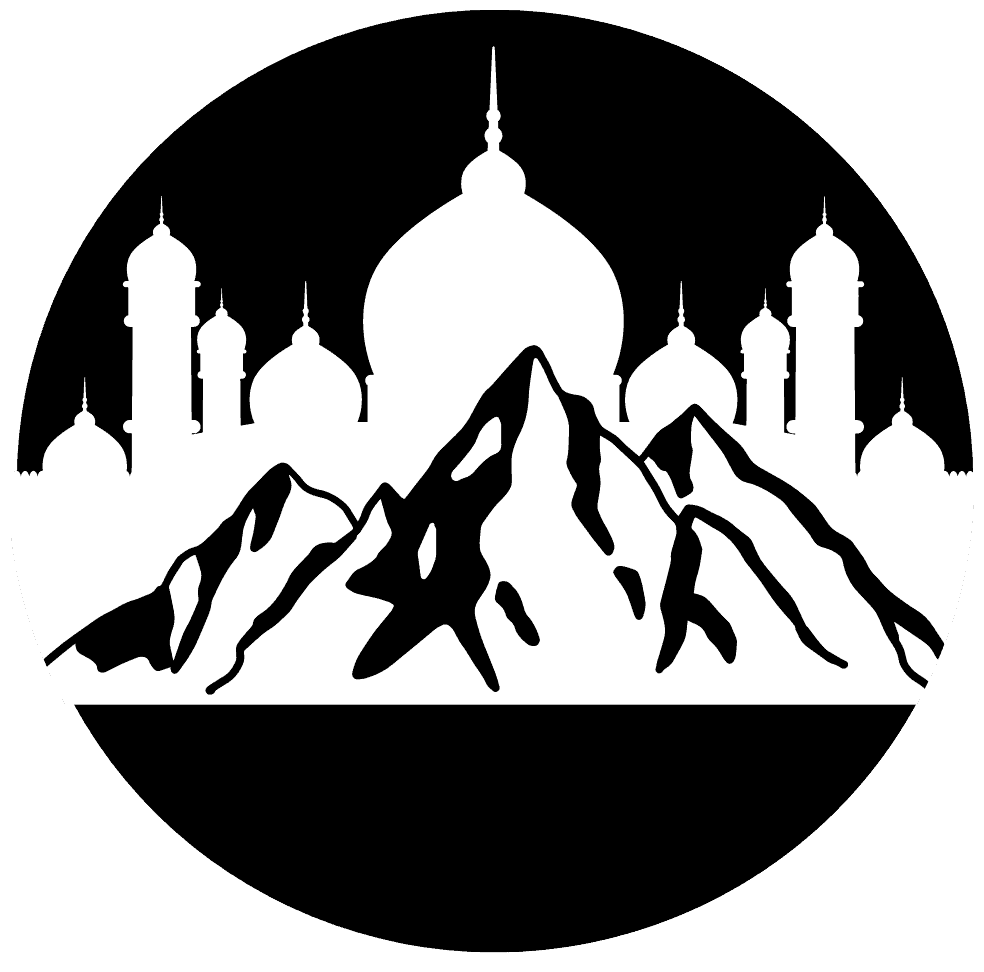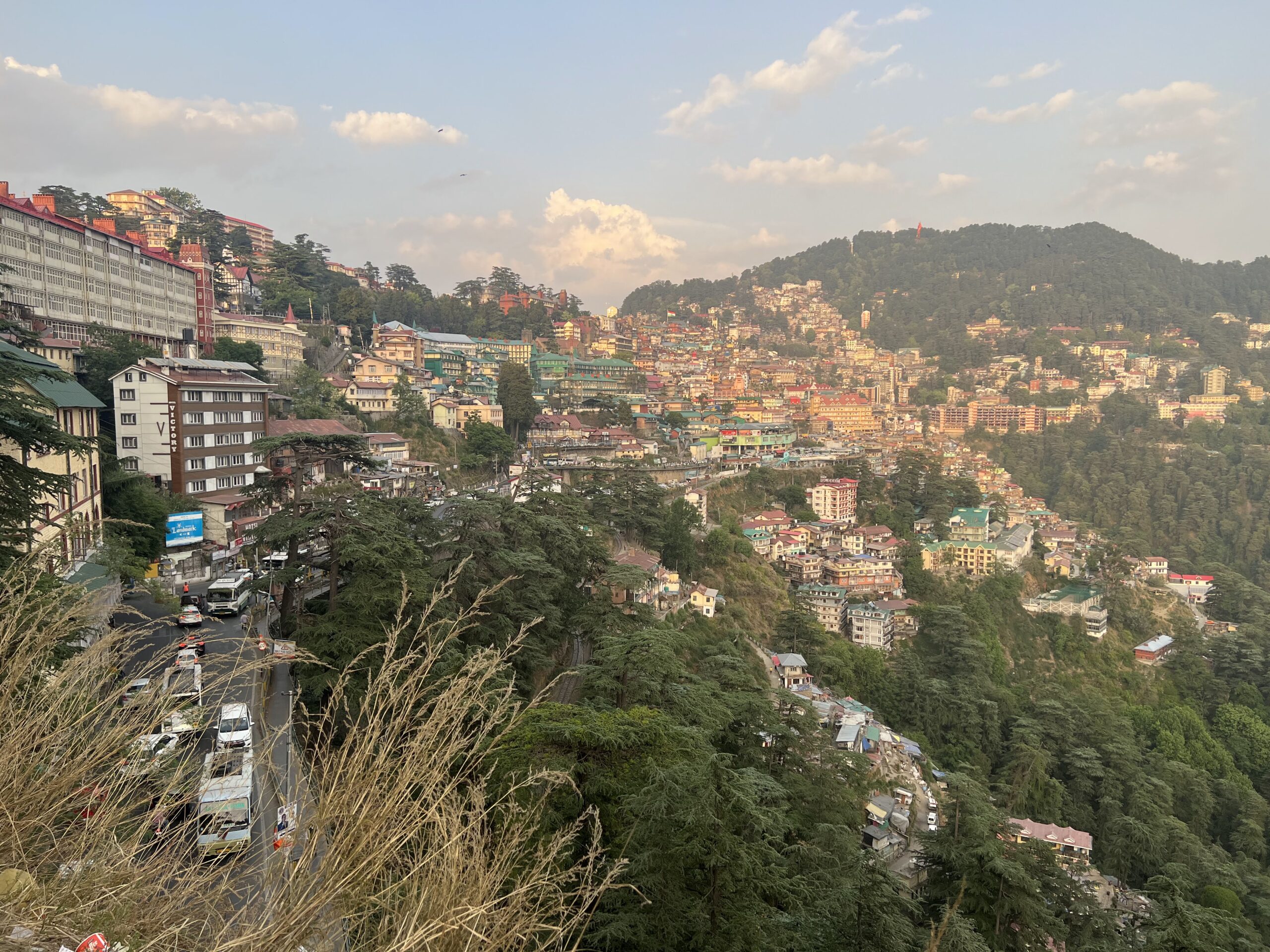The Best Time Of Year To Visit India
If you want to visit India but aren’t sure the best time of year to plan your travel, let me lay out the options.
In short, it depends on the area you want to explore and what activities you are looking to partake in because the weather can vary greatly. Travelers tend to visit India in the main tourist season from October to March, during the dry season when it’s a bit cooler in much of the country. But if you are open to exploring different locations in India, then no matter the month there will be a destination worth visiting!
The Best Time To Visit India: FAQs
India is generally known for being a hot climate, but given the geographical diversity it has all climates. Let me break down some frequently asked questions about the weather in India.
How do seasons work in India?
India’s climate can be broadly categorized into three seasons – summer, monsoon, and winter. However, given the country’s size, the weather can vary dramatically from one region to another.
The seasons in India are different to what most Americans and Europeans are used to because fall/autumn and spring are not as pronounced.
Winter in India
Winter runs from October to February. Winter is arguably the best time to visit most parts of India. The weather is mild – cool in the north and warm in the south. It’s perfect for exploring cities, visiting monuments, and enjoying beaches. Winter is also when India hosts a plethora of cultural festivals.
Summer in India
Summer generally runs March to June. Summers in India are hot, especially in the northern plains and southern regions. Temperatures can soar above 40°C (104°F). It’s not the ideal time for sightseeing in cities but perfect for hitting the hill stations like Shimla or Manali where the weather is cooler.
Monsoon Season in India
Running June to September, Monsoon season brings heavy rains, which can be a hinderance or a spectacle, depending on your perspective. The landscapes are at their most vibrant, but travel can be challenging due to potential flooding and disruptions. If you’re a fan of rain-soaked greenery and don’t mind the unpredictability, monsoon season in India can be magical.
There’s also post-monsoon season (or sometimes autumn) when the worst of the rains is over in October and November but it’s not quite winter yet.
When is the monsoon season in India?
The Summer monsoon season is also known as the Southwest monsoon. It affects much of the country from June through September, with July and August bringing the most rainfall. The summer monsoons bring relief from scorching heat. They originate from the southwest with winds from the Arabian Sea and the Bay of Bengal and sweep across India.
Then there is the Northeast monsoon which impacts primarily the southeastern coastal regions of India, and runs from October to December. As the summer monsoon retreats, the northeast monsoon brings a second wave of rain showers to parts of Tamil Nadu, Andhra Pradesh, and Pondicherry.
While traveling during copious amounts of rainfall may not always be enjoyable, the monsoons can bring a lot of life to some areas with lush green landscapes and numerous waterfalls.

What is the best place to visit in India by month?
If you have a specific month you want to travel in, then I can suggest destinations based on the time of year.
January in India ➡️ consider visiting Kerala, Madhya Pradesh, or Rajasthan
February in India ➡️ consider visiting Rajasthan or Kerala.
March in India ➡️ consider visiting Goa
April In India ➡️ consider visiting Goa
May in India ➡️ consider visiting Leh, Ladakh or Andaman and Nicobar Islands
June in India ➡️ consider visiting Varanasi or Madhya Pradesh (where you can check out the Khajuraho Temples or Panna National Park).
July in India ➡️ consider visiting Meghalaya or other parts of Northeast India (learn more about Meghalaya here)
August in India ➡️ consider visiting Meghalaya or other parts of Northeast India
September in India ➡️ consider visiting Meghalaya or other parts of Northeast India
October in India ➡️ consider visiting Mumbai, Rajasthan, or Goa
November in India ➡️ consider visiting Rajasthan
December in India ➡️ consider visiting Kerala, Madhya Pradesh, or Rajasthan
Does it ever get cold in India? / Does it snow in India?
Yes, it gets cold in the north and the mountainous regions of India.
Temperatures in Ladakh (a union territory in northern India) can drop below freezing. The winter season there runs from October to February and sees quite a bit of snowfall. If you are a skier, then you should visit from December to March when Ladakh is covered in a blanket of snow.
One city in the northern state of Jammu and Kashmir, Dras, has even earned the title of second coldest inhabited place. It’s the coldest place in India with an average temperature that drops as low as -9°F (−23°C). But if you visit from June to early September, then the average temperature is around 59°F (15°C), with little rainfall. If you are winter lover and/or enjoy mountainous treks, add Dras to your travel destination list. It’s also known as “the Gateway to Ladakh.”
It also gets cold in other towns in the Himalayas. If you want to visit the popular towns of Shimla or Mussoorie be aware you will need to bring winter clothes between November and February.
Winter also casts its icy spell across Northeast India, consisting of eight states (Arunachal Pradesh, Assam, Manipur, Meghalaya, Mizoram, Nagaland, Tripura, and Sikkim). In the higher altitude regions such as Arunachal Pradesh and Sikkim the chilly temps can turn frigid.
What holidays to consider when visiting India?
While participating in festivals in India can be a fun experience you should be aware of the most popular holidays because travel before and after can get expensive and busy! Many Indians are traveling during the these times to be with family and friends for the celebrations.
Diwali, known as the festival of lights, takes place in October and is widely celebrated across many religions and cultures in India.
Holi celebrations take place in March. The festival of colors is a fun holiday because celebrations consist of throwing powdered color and flower petals on each other.
Ganesh Chaturthi is a 10-day festival celebrating Lord Ganesh, that usually takes place in the end of August and the beginning of September. Please note that during certain days of this holiday, people will be carrying large idols of Ganesh through the streets and across towns to bodies of water, which can create a lot of traffic.

TLDR: When Is The Best Time To Visit India?
Depending on where in the country you want to visit the best time of year to travel to India can vary. Generally if you are looking to avoid the monsoons and the extreme heat, you can plan a trip from October to February (which the main tourist season in India).
Most importantly, I’d advise narrowing down where you want to go and what you want to do before you pick the month to travel. There is plenty to see and do in India all year long!
If you want help planning your trip to India, check out my travel planning services.
If you need more information as you plan your trip to India check out these posts:
🔹Ultimate Travel Guide to India
🔹Best India Itinerary: 10 Days, 2 Week & 3 Week Itinerary Planning
🔹20 Important Travel Tips For Visiting India For The First Time
🔹Top Things To Do in Mumbai

